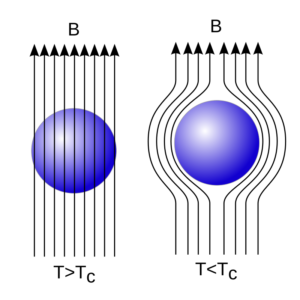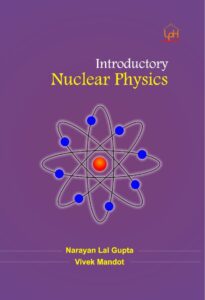Introduction of quantum mechanics
- Newton’s law of mechanics are based on the elementary idea of physics or classical mechanics.
- This mechanics is applicable only on macroscopic particles.
- The basic principle used in classical mechanics are Lagrange’s equations, Hamilton’s equations.
- Classical physics also contain electromagnetism, thermodynamics and statistical mechanics.
- Interference, diffraction and polarization of light can be explained by wave nature of light.
- Photoelectric effect, Compton effect etc. can not be explained by wave theory.
- These phenomenon can be explained by Quantum mechanics.
Black body Radiation
- An object which completely absorbs the radiations falling on it, whatever be the wavelength, is known as black body.
- No body absorbs 100% radiations falling on it.
- Lamp black, carbon black, platinum black absorbs 90-95% radiations falling on them, so they can be considered as a black body.
- If a black body be placed in an isothermal enclosure then the body will emit the full radiation of the enclosure after it is in thermal equilibrium with the enclosure.
- The heat radiations in an isothermal enclosure are black body radiations.
- Since these radiations are coming from a cavity and hence they are also known as cavity radiations.
Conclusions of black body Radiation
- The energy is not uniformly distributed.
- The total energy emitted by a black body increases rapidly with T.
- At a given temperature, the intensity of radiation increases with increase in wavelength and become maximum at a particular wavelength and again start to decrease.
- The wavelength corresponding to maximum energy decreases with absolute temperature.
- The energy distribution curve of black body radiation is shown below.

Stefan’s Law
- The rate of emission of radiant energy by unit area of a perfectly black body is directly proportional to the fourth power of its absolute temperature.
∴ E ∝ T4 or E = σT4
- Here σ = Stefan’s constant and σ = 5.672 × 10−8 W/m2 K4
Wien’s Displacement Law
- The product of the wavelength corresponding to the maximum energy and the absolute temperature is always remain constant.
∴ lm ∝ 1/T or lmT = b
- Here b = Wien’s constant and its value is 2.88 × 10−3 mK
Limitations of classical theory
- Wien’s formula agree with experimental value at shorter wavelength, and didn’t fit well at higher wavelengths.
- Rayleigh-Jeans law was found to agree with experimental curve at longer wavelengths and fails at shorter wavelengths.
Planck’s quantum theory
- An oscillator can have only discrete energies, not continuous.
- During transition from one energy level to another, an electron can absorb or emit radiation in the form of quanta or photon.
- On the basis of it Planck gave a formula known as Planck’s radiation formula, which fit well at all the range of wavelength. At shorter wavelengths it converts into Wein’s law and at higher wavelength it follow the Rayleigh-Jeans law.
To know more about introduction of quantum mechanics clear here.


